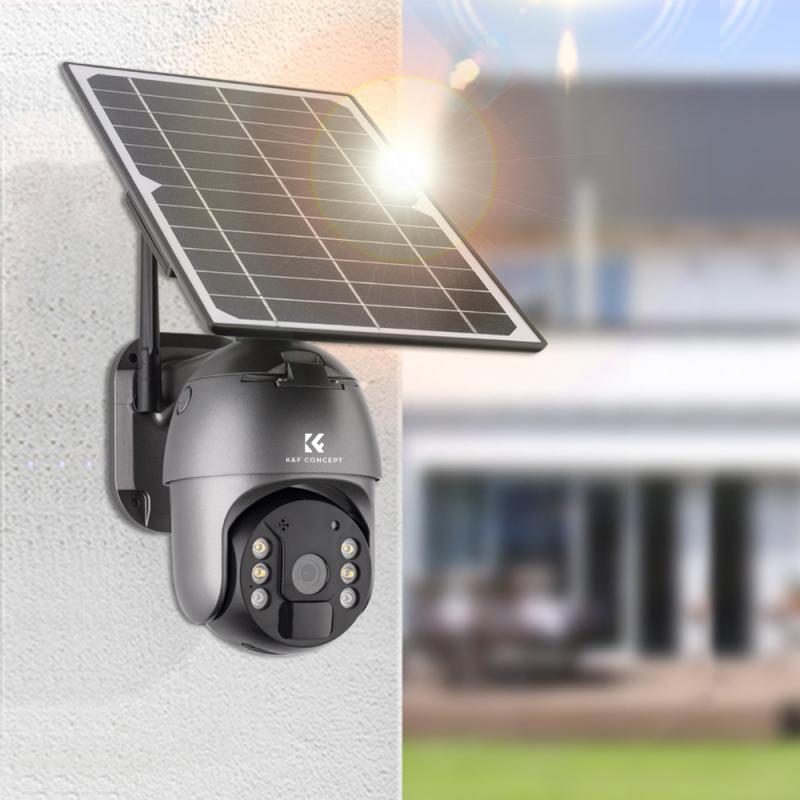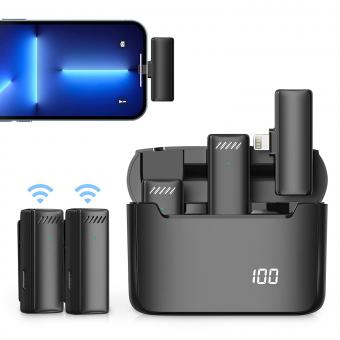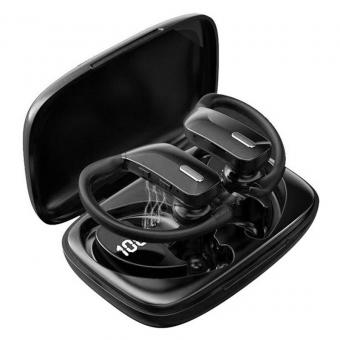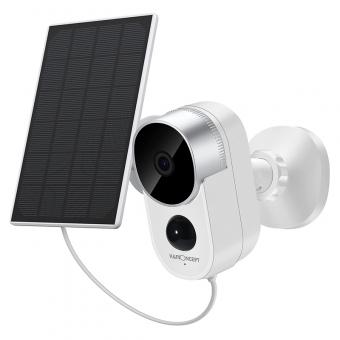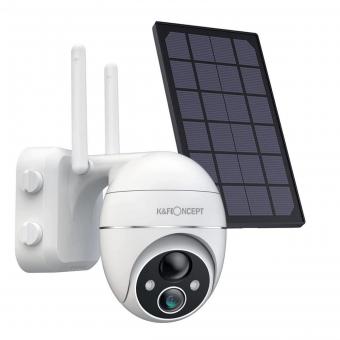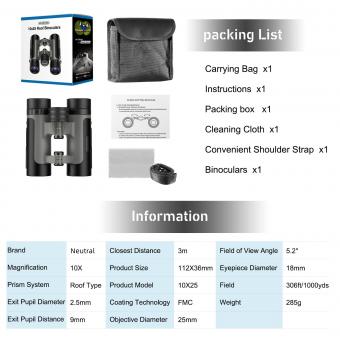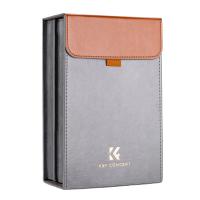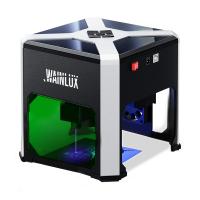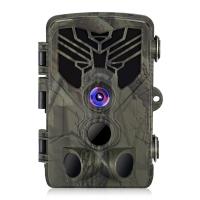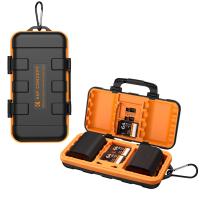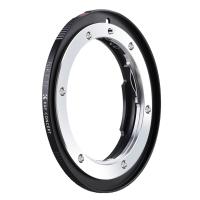How Are Wireless Cctv Cameras Powered ?
Wireless CCTV cameras are typically powered using either batteries or by being connected to a power source through a power adapter. Some wireless cameras are designed to be battery-powered, allowing for flexibility in installation and placement. These cameras often use rechargeable batteries that can be easily replaced or recharged when needed. On the other hand, many wireless CCTV cameras are powered by being connected to a power source through a power adapter. These cameras require a constant power supply and are usually installed near an electrical outlet or connected to a power source through wiring.
1、 Battery-powered wireless CCTV cameras
Battery-powered wireless CCTV cameras are powered by rechargeable batteries, eliminating the need for a constant power source. These cameras are designed to be portable and flexible, allowing users to install them in various locations without the constraints of power outlets or wiring. The batteries used in these cameras are typically lithium-ion or lithium-polymer, which offer high energy density and longer battery life.
The latest advancements in battery technology have significantly improved the performance and longevity of battery-powered wireless CCTV cameras. Manufacturers are now using advanced battery management systems that optimize power consumption and extend battery life. These systems monitor the camera's power usage and adjust settings accordingly to conserve energy. Additionally, some cameras are equipped with solar panels to harness solar energy and recharge the batteries, providing an eco-friendly and sustainable power source.
Battery-powered wireless CCTV cameras also often come with power-saving features such as motion detection and scheduled recording. These features allow the camera to remain in a low-power standby mode until motion is detected or during specific time intervals, conserving battery life.
Furthermore, advancements in wireless communication technology have made it possible for these cameras to transmit high-quality video footage over long distances without compromising on image quality. This allows users to monitor their premises remotely, even in areas where power sources are not readily available.
In conclusion, battery-powered wireless CCTV cameras offer a convenient and flexible solution for surveillance needs. With the latest advancements in battery technology and power-saving features, these cameras provide reliable and long-lasting power, making them an ideal choice for both indoor and outdoor surveillance applications.

2、 Solar-powered wireless CCTV cameras
Solar-powered wireless CCTV cameras are powered by harnessing the energy of the sun through solar panels. These cameras are equipped with built-in solar panels that convert sunlight into electricity, which is then used to power the camera and its associated components. This eliminates the need for traditional power sources such as electrical outlets or batteries, making them a more sustainable and cost-effective option.
The solar panels on these cameras are designed to capture sunlight and convert it into direct current (DC) electricity. This DC electricity is then stored in a rechargeable battery, which acts as a backup power source during periods of low sunlight or at night when there is no sunlight available. The battery ensures that the camera continues to operate even when there is limited or no sunlight.
Advancements in solar technology have made solar-powered wireless CCTV cameras more efficient and reliable. The latest solar panels are designed to capture sunlight from various angles, allowing them to generate electricity even in low-light conditions. Additionally, improvements in battery technology have increased the storage capacity and lifespan of the batteries used in these cameras, ensuring longer periods of uninterrupted operation.
Solar-powered wireless CCTV cameras offer several advantages over traditional wired cameras. They can be installed in remote locations where access to electricity is limited or non-existent. They also reduce the need for extensive wiring, making installation easier and more flexible. Moreover, these cameras are environmentally friendly, as they rely on renewable energy and reduce carbon emissions.
In conclusion, solar-powered wireless CCTV cameras are powered by solar panels that convert sunlight into electricity. They offer a sustainable and cost-effective solution for surveillance, with advancements in solar technology making them more efficient and reliable.

3、 PoE (Power over Ethernet) wireless CCTV cameras
Wireless CCTV cameras are powered in various ways, depending on the specific model and technology used. One common method is through Power over Ethernet (PoE), which allows both data and power to be transmitted over a single Ethernet cable.
PoE wireless CCTV cameras receive power from a PoE switch or injector, which is connected to the camera via an Ethernet cable. This eliminates the need for a separate power source, such as a wall outlet or battery. The PoE switch or injector supplies the necessary power to the camera, ensuring continuous operation.
PoE technology has become increasingly popular in recent years due to its convenience and cost-effectiveness. It simplifies the installation process by reducing the number of cables required and eliminates the need for additional power outlets near the camera locations. This makes it easier to install wireless CCTV cameras in various locations, both indoors and outdoors.
Furthermore, PoE wireless CCTV cameras offer flexibility in terms of placement. They can be installed in areas where power outlets are not easily accessible, such as ceilings, walls, or remote locations. This allows for greater coverage and surveillance options.
It is worth noting that advancements in PoE technology have led to the development of high-power PoE standards, such as PoE+ and PoE++, which can deliver more power to devices. This enables the use of advanced features in wireless CCTV cameras, such as pan-tilt-zoom (PTZ) capabilities and higher resolution imaging.
In conclusion, wireless CCTV cameras can be powered through PoE technology, which provides both data and power over a single Ethernet cable. This method offers convenience, cost-effectiveness, and flexibility in installation, making it a popular choice for powering wireless CCTV cameras.
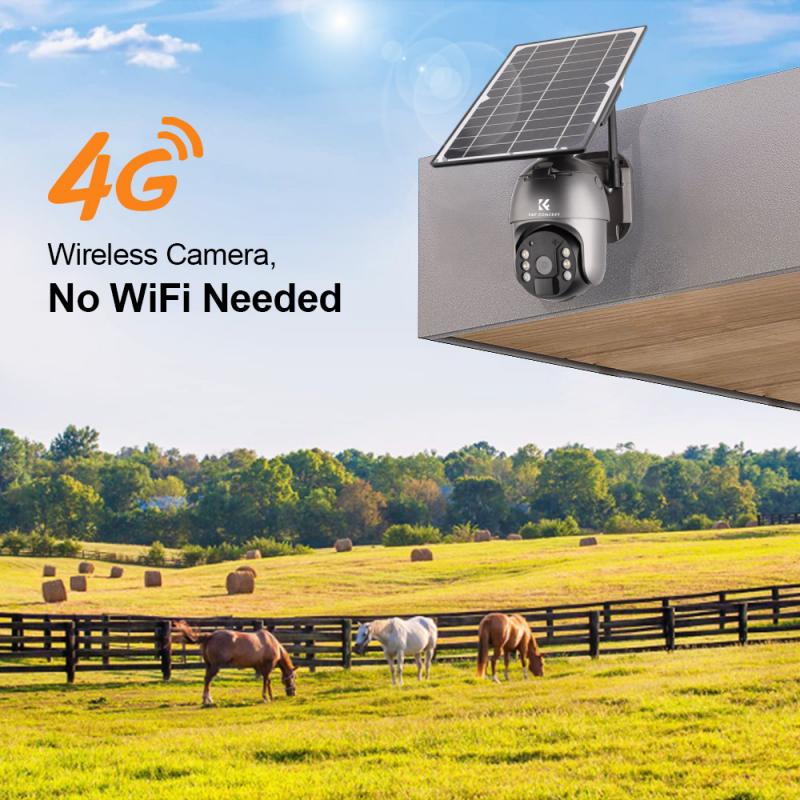
4、 AC-powered wireless CCTV cameras
AC-powered wireless CCTV cameras are powered by a direct connection to an electrical outlet. These cameras require a constant supply of electricity to function properly. The power is transmitted through a power cable that is connected to the camera and then plugged into a nearby power source.
AC-powered wireless CCTV cameras have been a popular choice for surveillance systems due to their reliability and consistent power supply. They eliminate the need for batteries or solar panels, ensuring uninterrupted surveillance coverage. This makes them ideal for long-term monitoring and high-security areas where a continuous power source is essential.
In recent years, advancements in technology have led to the development of more efficient and energy-saving AC-powered wireless CCTV cameras. Manufacturers have focused on reducing power consumption without compromising on performance. These cameras now come with power-saving features such as motion detection, which allows the camera to activate only when motion is detected, thus conserving energy when not in use.
Additionally, some AC-powered wireless CCTV cameras are equipped with power over Ethernet (PoE) technology. PoE allows the camera to receive both power and data through a single Ethernet cable, simplifying installation and reducing the need for additional power cables. This technology has made it easier to set up and expand surveillance systems, especially in large-scale installations.
Overall, AC-powered wireless CCTV cameras provide a reliable and consistent power source for surveillance systems. With advancements in technology, these cameras have become more energy-efficient, offering power-saving features and PoE capabilities. As the demand for wireless surveillance systems continues to grow, manufacturers will likely continue to innovate and improve the power efficiency of these cameras.
